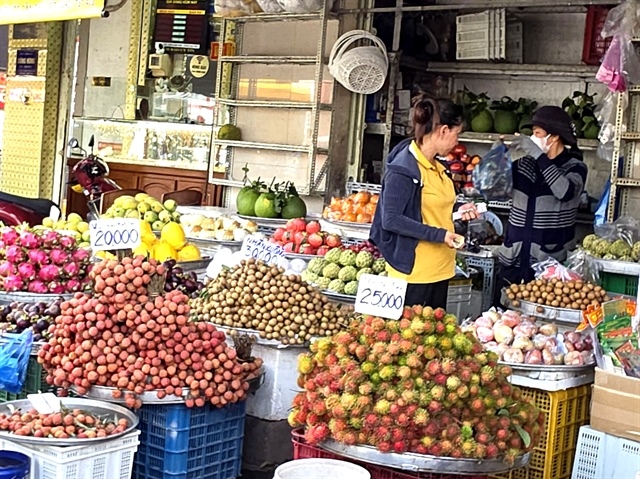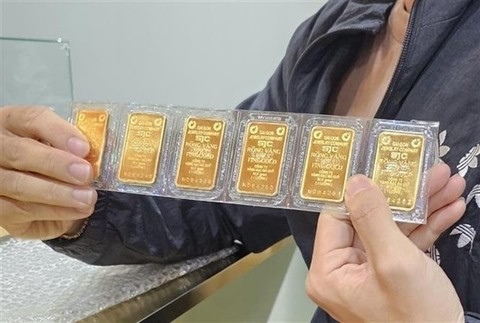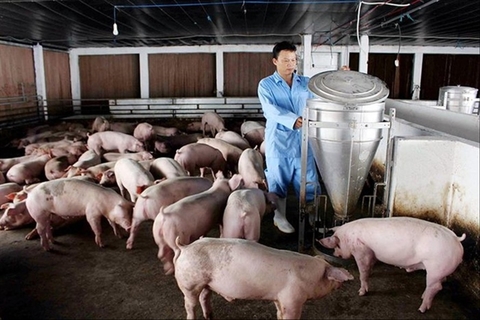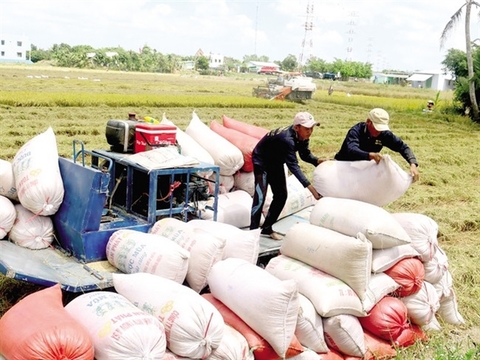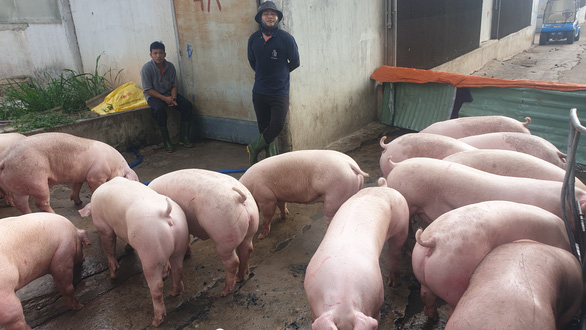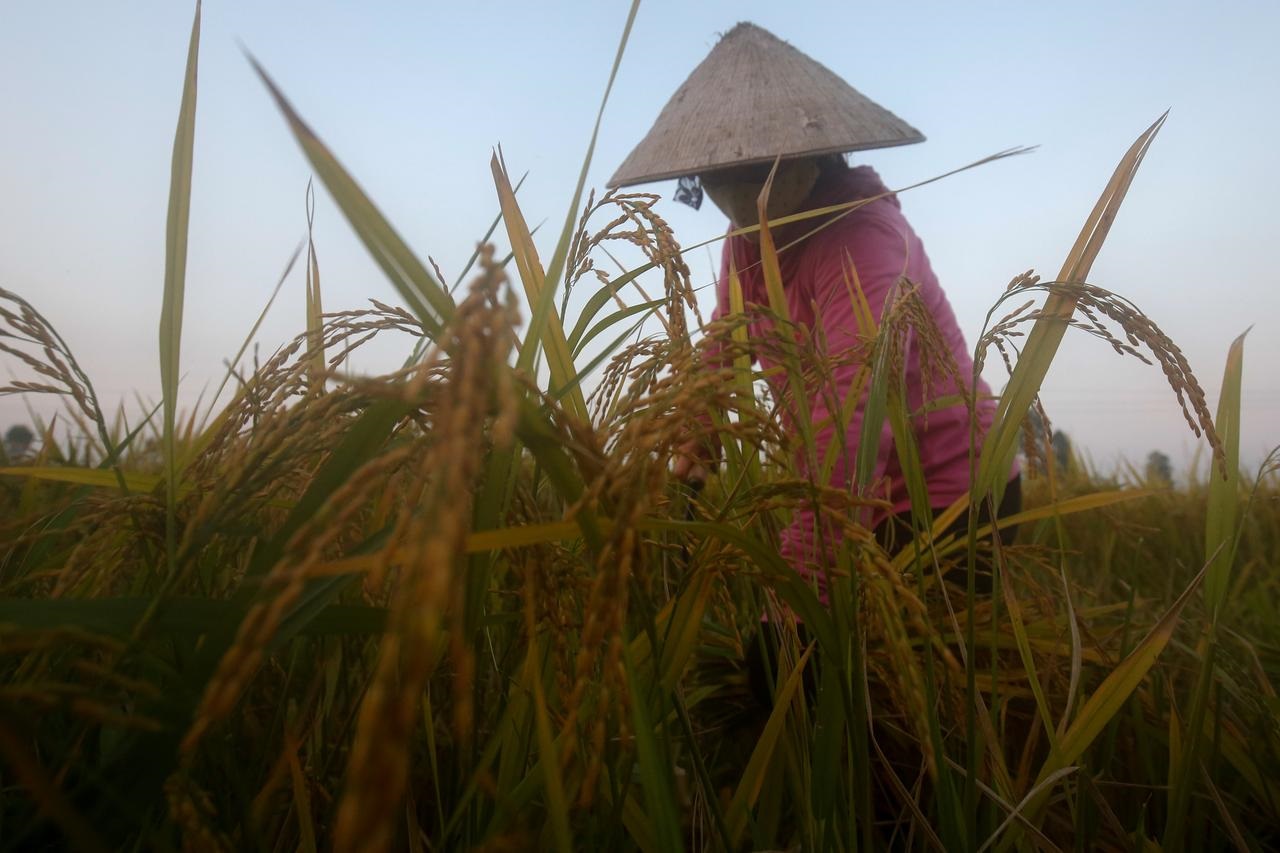Vietnamese gold demand increases in Q1
Vietnamese gold demand increases in Q1
Gold demand in Viet Nam increased significantly in the first quarter over inflation fears.
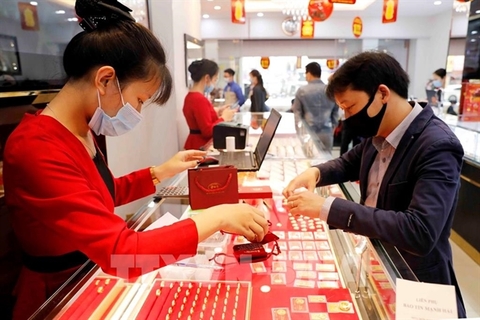
The World Gold Council’s report on demand trends showed that consumer demand for gold in Viet Nam was estimated to total 19.6 tonnes from January to March, representing a year-on-year rise of about 6 per cent.
Demand for gold bars and coins totalled 14 tonnes, a year-on-year increase of 4 per cent, while demand for jewellery was 5.6 tonnes, up by 10 per cent.
According to Andrew Naylor, head of ASEAN and Public Policy of the World Gold Council, Viet Nam’s gold demand increased on rising inflation and the weakening Vietnamese dong, making gold more attractive.
The gold demand was also supported by several festivals in the first quarter, including the Lunar New Year holidays, Valentine's Day and God of Wealth Day, coupled with the recovery of business activities to pre-pandemic levels.
The global gold market saw a solid start to 2022, with first-quarter demand up 34 per cent year-on-year, thanks to strong ETF flows, reflecting gold’s status as a safe haven during geopolitical and economic uncertainty.
According to the World Gold Council, geopolitical crises weighed heavily on the global economy and reinvigorated investor interest, pushing the gold price briefly to US$2,070 per ounce in March, just shy of its all-time high.
The report revealed that gold ETFs had their strongest quarterly inflows of 269 tonnes since the third quarter of 2020, more than reversing the 173 tonnes annual net outflow from 2021 and driven in part by the rising gold price.
Gold bar and coin demand were 11 per cent above its five-year average at 282 tonnes. However, renewed lockdowns in China and high prices in Turkey contributed to a 20 per cent year-on-year decline.
The global gold jewellery demand fell 7 per cent year-on-year to 474 tonnes, driven primarily by softer demand in China and India. Despite a strong performance in China over the lunar New Year period, this was later dampened by COVID outbreaks in February and March, leading to strict lockdowns as China continues to follow its zero-COVID policy.
In India, a fall in the number of weddings and a lack of auspicious days in the first quarter directly impacted gold purchasing in the country. This, coupled with rising gold prices globally, prompted many Indian consumers to hold back on purchases.
The demand for gold in technology hit a four-year high of 82 tonnes, up 1 per cent. Net buying by central banks more than doubled from the previous quarter, adding over 84 tonnes to official gold reserves during the first quarter, with buying in the sector dominated by countries such as Egypt and Turkey.
Total gold supply increased by 4 per cent year-on-year, driven by strong mine production, which hit 856 tonnes. In addition, recycling rose 15 per cent from the previous year, reaching 310 tonnes in response to higher gold prices.
According to Louise Street, Senior Analyst EMEA at the World Gold Council, the first quarter of 2022 had been a turbulent one, marked by geopolitical crises, supply chain difficulties and surging inflation.
“These global events and market conditions have solidified gold’s status as a safe haven, not just for investors but also for retail consumers thanks to its unique position as a dual-natured asset class,” she said.
“Given the current market dynamics, investment demand is expected to remain strong as high inflation, and heightened geopolitical tensions will likely fuel demand for gold among investors.
“On the other hand, consumers face a global cost of living crisis, meaning many will reconsider how they spend their money. While consumer demand has been recovering from COVID-inflicted weakness, continued growth in jewellery demand could be stifled by rising costs and a general economic slowdown."





